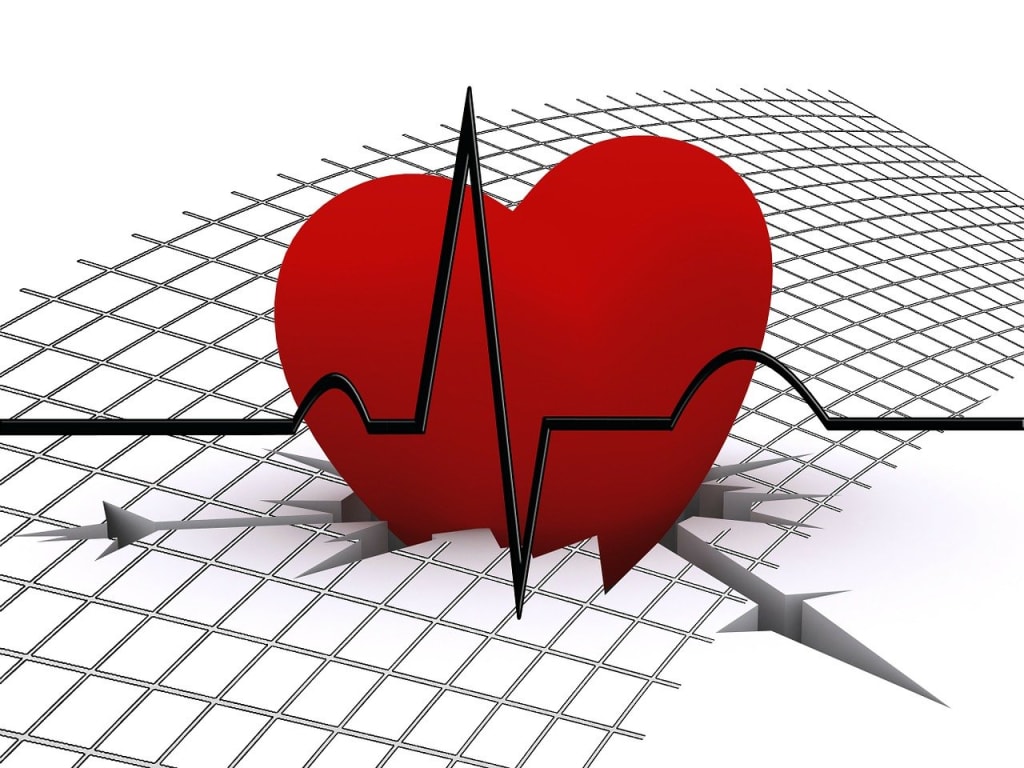
Title: Heart Disease Symptoms: An In-Depth Analysis
Abstract:
Heart disease encompasses a range of conditions affecting the cardiovascular system and remains a leading cause of mortality and morbidity worldwide. Timely recognition of heart disease symptoms is crucial for early diagnosis and appropriate medical intervention, which can significantly improve patient outcomes. This comprehensive review aims to provide an in-depth analysis of the various symptoms associated with heart diseases, covering different types of heart conditions, including coronary artery disease, heart failure, arrhythmias, valvular heart diseases, and more. By understanding the diverse manifestations of heart disease, healthcare professionals can enhance their ability to identify and manage these conditions effectively.
Introduction:
Heart disease, also known as cardiovascular disease (CVD), is a broad term that encompasses a variety of conditions affecting the heart and blood vessels. These conditions can range from atherosclerosis and coronary artery disease to heart failure, arrhythmias, and valvular heart diseases. Timely recognition of heart disease symptoms is crucial for accurate diagnosis and early intervention, as this can lead to improved patient outcomes and better management of heart-related conditions. This review aims to provide a comprehensive analysis of the various symptoms associated with heart diseases, covering different types of heart conditions and their unique manifestations.
Common Symptoms of Heart Diseases:
2.1. Chest Pain (Angina):
Chest pain or discomfort, commonly referred to as angina, is one of the hallmark symptoms of coronary artery disease (CAD). It is often described as a squeezing, pressure-like sensation in the chest, usually triggered by physical activity or emotional stress. The review explores the different types of angina, including stable angina, unstable angina, and variant (Prinzmetal's) angina, and discusses their distinct characteristics and implications.
2.2. Shortness of Breath (Dyspnea):
Shortness of breath or dyspnea is a common symptom of various heart conditions, including heart failure, coronary artery disease, and certain arrhythmias. It can occur during physical activity or at rest and is often associated with fluid accumulation in the lungs. The review examines the underlying mechanisms of dyspnea in heart diseases and the importance of differentiating cardiac and non-cardiac causes.
2.3. Fatigue and Weakness:
Fatigue and weakness are frequent symptoms experienced by individuals with heart diseases. These symptoms result from reduced cardiac output, inadequate oxygen delivery to tissues, and impaired exercise tolerance. The review discusses the impact of heart diseases on overall energy levels and quality of life.
2.4. Palpitations:
Palpitations are sensations of an irregular or racing heartbeat that individuals may experience in certain heart conditions, such as arrhythmias. This section explores the different types of arrhythmias that can cause palpitations and their potential implications for cardiac health.
Symptoms of Specific Heart Conditions:
3.1. Heart Attack (Myocardial Infarction):
A heart attack occurs when blood flow to a part of the heart muscle is blocked, leading to tissue damage and potential heart muscle death. The review details the classic symptoms of a heart attack, such as chest pain, shortness of breath, nausea, and lightheadedness, and discusses the importance of recognizing these symptoms promptly for timely treatment.
3.2. Heart Failure:
Heart failure occurs when the heart is unable to pump blood efficiently, leading to fluid retention and congestion in the lungs and other organs. The review examines the symptoms of heart failure, including dyspnea, fatigue, swelling in the ankles and legs (edema), and changes in appetite and weight.
3.3. Arrhythmias:
Arrhythmias are abnormal heart rhythms that can manifest in various ways, depending on the type of arrhythmia. The review explores the different symptoms associated with arrhythmias, such as palpitations, dizziness, fainting (syncope), and chest discomfort.
3.4. Valvular Heart Diseases:
Valvular heart diseases result from abnormalities in the heart valves, impairing blood flow through the heart chambers. The review discusses the symptoms of valvular heart diseases, such as heart murmurs, chest discomfort, and symptoms specific to the type of valve affected (e.g., shortness of breath in aortic stenosis).
Atypical and Subtle Symptoms:
4.1. Silent Ischemia:
In some cases of coronary artery disease, individuals may experience silent ischemia, wherein blood flow to the heart muscle is restricted without causing noticeable chest pain. This section discusses the challenges of diagnosing silent ischemia and the importance of risk stratification in high-risk individuals.
4.2. Heart Disease in Women:
Heart disease symptoms can sometimes present differently in women compared to men. This section explores the atypical symptoms and warning signs that women may experience and the significance of gender-specific awareness and recognition of heart disease symptoms.
4.3. Heart Disease in the Elderly:
As people age, the presentation of heart disease symptoms may differ from younger individuals. This section examines the unique aspects of heart disease symptoms in the elderly and the importance of considering age-related factors in diagnosis and treatment.
Acute Versus Chronic Symptoms:
5.1. Acute Coronary Syndrome:
Acute coronary syndrome (ACS) encompasses a spectrum of conditions, including unstable angina and myocardial infarction. This section highlights the distinct symptoms and clinical features of ACS, emphasizing the urgency of immediate medical attention for ACS-related symptoms.
5.2. Chronic Heart Failure:
Chronic heart failure may present with persistent or worsening symptoms, depending on the stage and severity of the condition. This section discusses the importance of recognizing chronic heart failure symptoms and implementing appropriate management strategies to improve quality of life and reduce hospitalizations.
Conclusion:
Early recognition of heart disease symptoms is critical for prompt diagnosis and appropriate management of cardiovascular conditions. This comprehensive review has provided an in-depth analysis of the various symptoms associated with heart diseases, covering different types of heart conditions, including coronary artery disease, heart failure, arrhythmias, valvular heart diseases, and more. By understanding the diverse manifestations of heart disease symptoms, healthcare professionals can enhance their ability to identify and manage these conditions effectively, leading to better patient outcomes and improved cardiovascular health on a global scale.
About the Creator
Piyal bal
I am a fervent writer in this mesmerizing,phenomenal platform to create essential,interesting stories of various subjects.






Comments
There are no comments for this story
Be the first to respond and start the conversation.